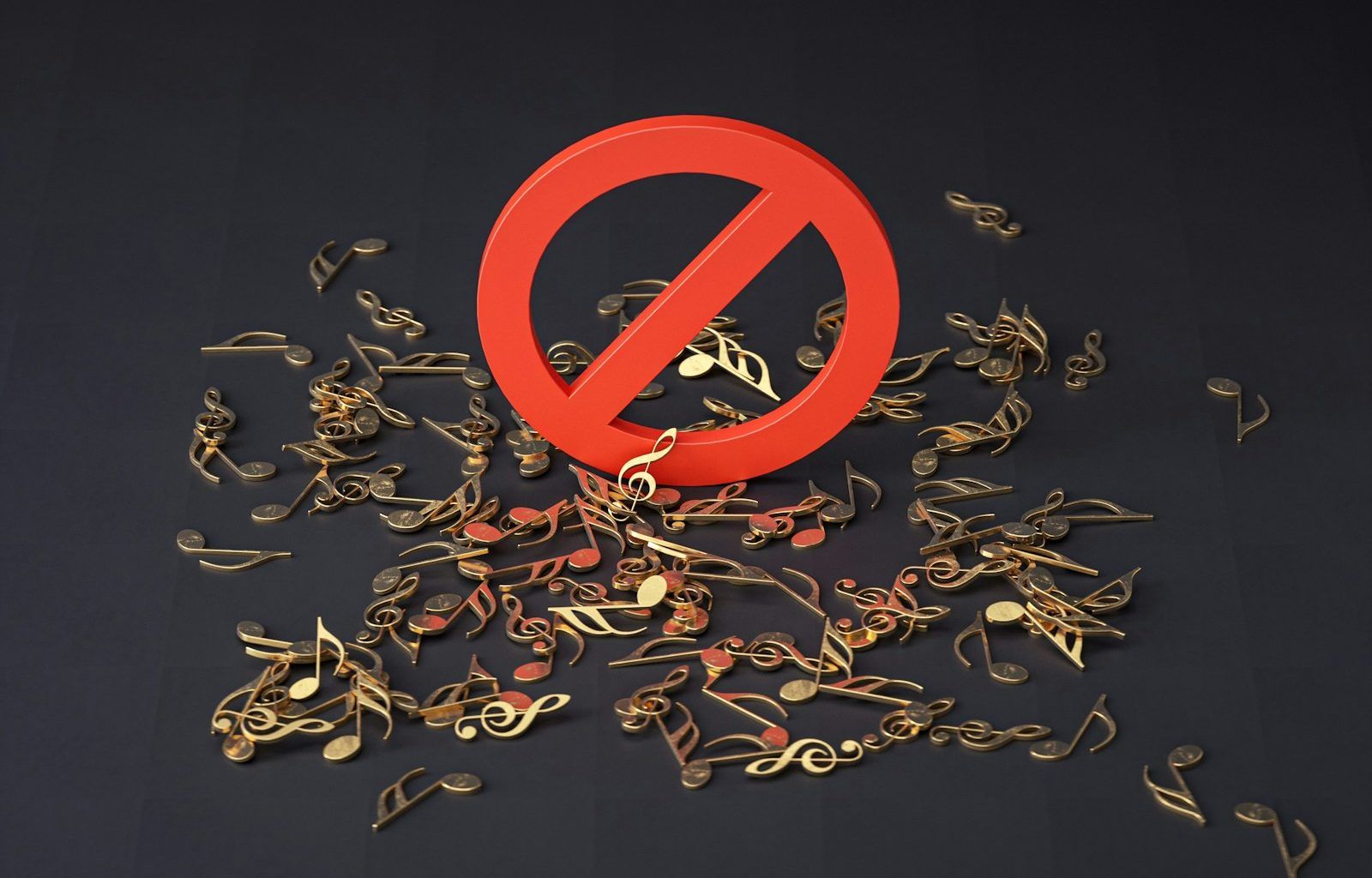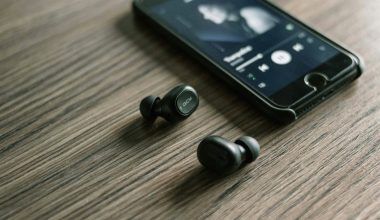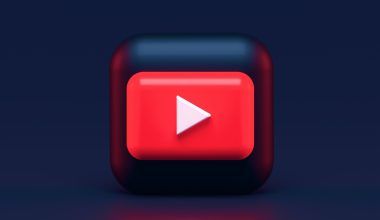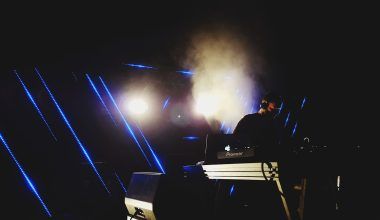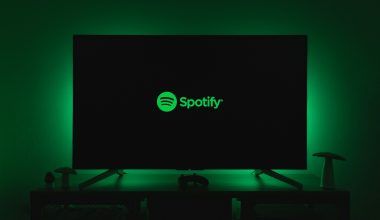If you’ve ever posted content online, you’ve probably heard terms like “copyright claim vs strike.” These words might sound similar, but they have very different meanings and consequences. Understanding the difference between the two is crucial for creators who want to protect their content and keep their accounts safe.
Let’s break it down step by step so you can understand copyright claim vs strike what these terms mean, how they work, and what you can do to handle them effectively. Whether you’re a seasoned content creator or just starting, this guide will walk you through everything you need to know about copyright claims and strikes.
What Is a Copyright Claim?
A copyright claim occurs when someone asserts ownership over content in your video, song, or other media. For example, if you upload a video to YouTube that includes copyrighted music, the owner of that music may issue a claim. This is done through a system like YouTube’s Content ID, which scans videos for copyrighted material.
A copyright claim doesn’t necessarily mean you’ve done something illegal. It’s more like a notification that part of your content belongs to someone else. Most platforms allow copyright owners to choose what happens next. They might:
- Monetize the video, meaning they earn money from it instead of you.
- Mute the copyrighted segment.
- Block the video in certain countries.
The key thing to remember about copyright claims is that they don’t result in penalties against your account. However, they can affect your content’s reach and revenue potential.
What Is a Copyright Strike?
A copyright strike is more serious. This happens when a copyright owner believes you’ve used their content without permission and decides to take formal action. Unlike a claim, a strike means the copyright owner has filed a legal complaint against you.
When you receive a copyright strike, the consequences can be severe. Depending on the platform, you might face:
- Restrictions on your account, such as losing the ability to live stream or monetize.
- Removal of the infringing content.
- Permanent account termination if you receive multiple strikes.
For example, on YouTube, three copyright strikes within 90 days can result in your account being deleted. That’s why it’s essential to take copyright strikes very seriously.
How Copyright Claims and Strikes Differ
At first glance, copyright claims and strikes might seem similar because both involve copyrighted material. However, their impact on your account and content is very different:
- Impact on Your Account: Claims don’t harm your account’s standing, while strikes can lead to restrictions or even termination.
- Intent: Claims are usually about revenue, while strikes are about enforcing copyright laws.
- Resolution Options: Claims can often be resolved by removing the copyrighted material or disputing the claim. Strikes require legal counteraction if you believe the strike is unjustified.
Understanding these differences is the first step in protecting your content and your account.
Why Copyright Exists
Copyright laws are designed to protect creators. Whether it’s a musician, filmmaker, or writer, copyright ensures they can control how their work is used. This encourages creativity by giving creators the legal backing to profit from their efforts.
However, the system isn’t perfect. Automated tools like Content ID can sometimes make mistakes, and false claims or strikes are not uncommon. As a creator, knowing your rights and understanding how to respond is essential.
How to Handle a Copyright Claim
If you receive a copyright claim, don’t panic. Here’s what you can do:
- Review the Claim: Check which part of your content is flagged and who issued the claim.
- Decide on Action: You have several options:
- Accept the claim: If you’re okay with the copyright owner earning revenue or limiting your video’s reach.
- Replace or remove the copyrighted material: Many platforms have tools to help you edit out copyrighted sections.
- Dispute the claim: If you believe the claim is invalid, you can challenge it.
Disputing a claim should only be done if you’re confident that your use of the content is lawful. For example, you might have used the material under “fair use” guidelines, which we’ll discuss later.
How to Handle a Copyright Strike
Dealing with a copyright strike requires more caution. Follow these steps:
- Understand the Strike: Read the notification carefully to understand why the strike was issued.
- Resolve the Issue: Contact the copyright owner to see if you can resolve the issue directly. Some owners might withdraw the strike if you agree to certain terms.
- File a Counter-Notification: If you believe the strike is a mistake, you can file a legal counter-notification. This is a formal process and should only be done if you’re certain you’re in the right.
Remember, filing a false counter-notification can lead to legal consequences, so proceed carefully.
The Role of Fair Use
Fair use is a legal doctrine that allows limited use of copyrighted material without permission. This includes:
- Educational purposes
- Commentary and criticism
- Parody
Fair use is not a free pass to use copyrighted material, though. Courts consider factors like the purpose of the use, the amount of material used, and the effect on the market for the original work.
If you’re relying on fair use, document your reasoning in case you need to defend your actions.
Tips to Avoid Copyright Claims and Strikes
Preventing copyright issues is always better than dealing with them after the fact. Here are some tips:
- Use Original Content: Create your own music, visuals, and other assets whenever possible.
- Use Licensed Material: If you want to use someone else’s work, get permission or purchase a license.
- Leverage Free Resources: Many websites offer royalty-free music, images, and videos you can use safely.
- Understand Platform Rules: Each platform has its own policies on copyright. Take the time to learn them.
What to Do If You’re Targeted by a False Claim or Strike
Unfortunately, not all claims or strikes are legitimate. Some are issued by mistake, while others are outright abuse of the system. If you’re targeted unfairly, here’s what you can do:
- Gather Evidence: Save screenshots, emails, and other evidence that supports your case.
- Contact the Platform: Most platforms have processes for disputing false claims or strikes.
- Seek Legal Advice: If the issue escalates, consider consulting a lawyer who specializes in copyright law.
Why This Matters
Understanding the difference between copyright claim vs strike isn’t just about avoiding trouble. It’s about protecting your creative work and ensuring that you can keep sharing your content with the world. By knowing your rights and taking proactive steps, you can navigate the complex world of copyright with confidence.
In conclusion, while copyright claims and strikes can feel overwhelming, they’re manageable if you know what to do. Stay informed, stay cautious, and most importantly, keep creating. The internet thrives on the creativity of people like you.
For further reading, explore these related articles:
- Exploring the Best Free Music Distribution App for Independent Artists
- Comprehensive Breakdown of Music Distribution Costs for Artists
For additional resources on music marketing and distribution, visit Deliver My Tune.
